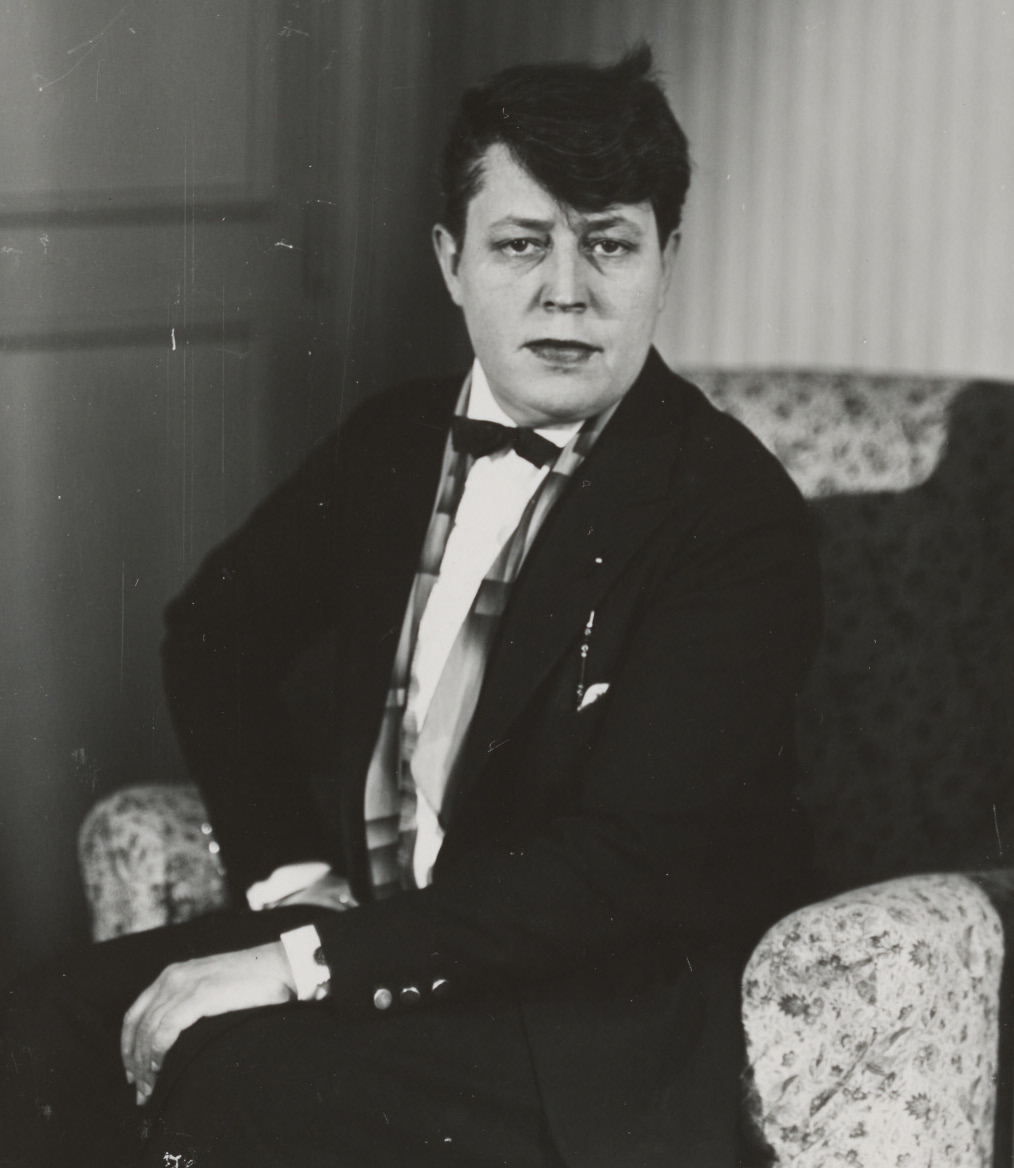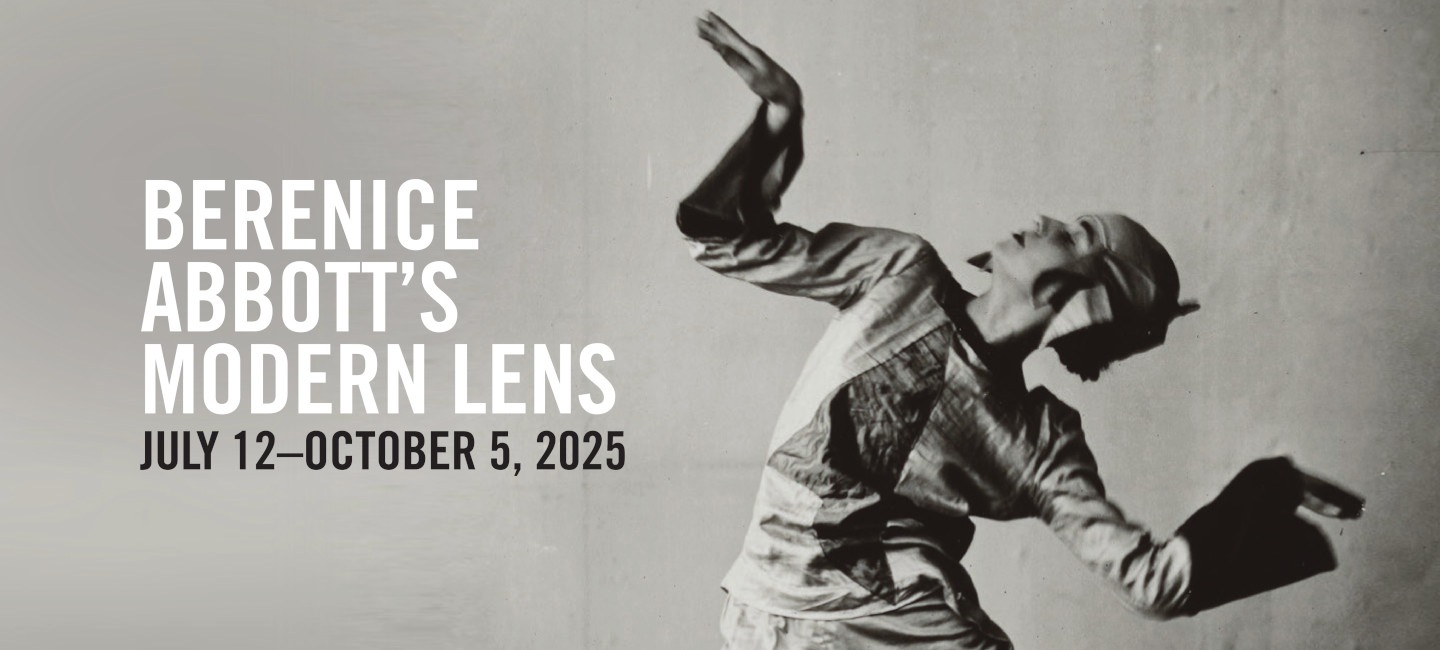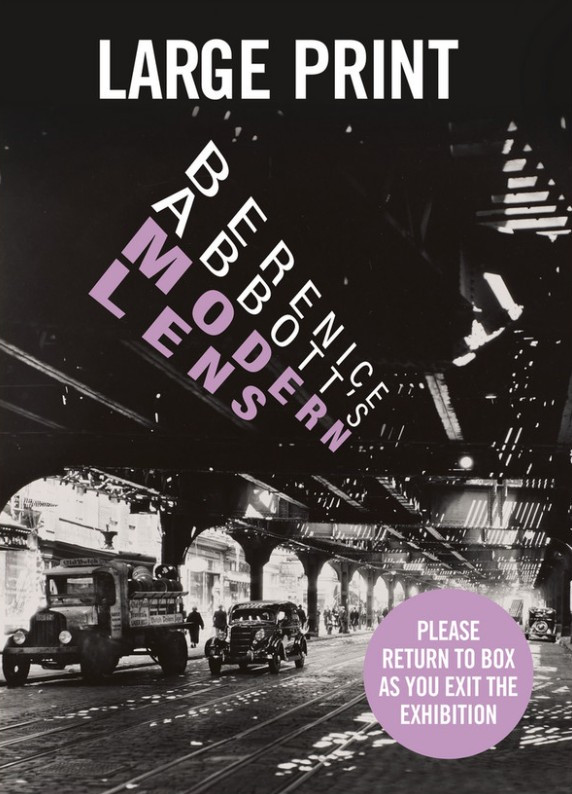The Queer Spine of Literary Modernism
 Berenice Abbott, Portrait of Jane Heap, c. 1928, printed 1982, gelatin silver print. The Clark, Gift of A&M Penn Photography Foundation by Arthur Stephen Penn and Paul Katz, 2007.2.218
Berenice Abbott, Portrait of Jane Heap, c. 1928, printed 1982, gelatin silver print. The Clark, Gift of A&M Penn Photography Foundation by Arthur Stephen Penn and Paul Katz, 2007.2.218
Berenice Abbott’s early interest in journalism and the written word never really left her. She believed that writing and photography had a similar aim: to study, describe, and digest the fullness of the lived experience. Perhaps this affinity between writing and photography is why she befriended and photographed so many avant-garde writers, many of whom were queer.
Abbott’s photographs of modernist authors and publishers living in Paris reveal the enormous contribution queer people made to literature. Their ability to live and love outside of the perceived heterosexual norm is reflected in the writing they produced and published, which fearlessly challenged standing literary conventions. Abbott’s work demonstrates the perseverance of queer joy via what she calls “living photography,” which she describes as follows:
“Living photography builds up, does not tear down. It acclaims the dignity of man. . . . It sings a song of life—not death.”
–Berenice Abbott, from a talk given at the Aspen Institute, Conference on Photography (October 6, 1951)
Click here to read the Large Format Label Text.

